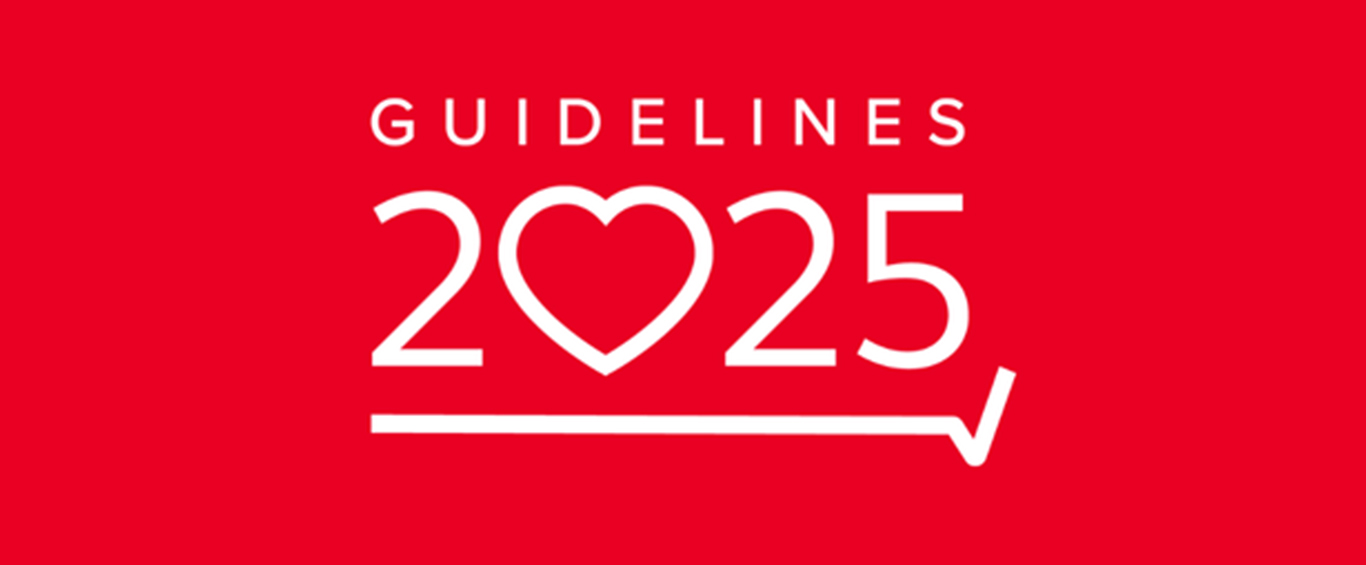Big Changes Are Coming! Your Essential Guide to the RCUK 2025 Resuscitation Guidelines

2025 Resuscitation Guidelines
Hi everyone, Louise Madeley here from Madeleys First Aid Plus!
As your trusted source for the latest in first aid training, I want to give you a heads-up on some significant and life-saving updates. The Resuscitation Council UK (RCUK) Guidelines for 2025 have been released, introducing key changes across adult, paediatric, and general first aid practice that will be shaping our training soon!
While these guidelines aren't mandatory until January 2026, staying informed is vital. We will, of course, be adapting our courses and materials in line with the official rollout. For now, let's dive into the must-know changes that will improve our chances of saving a life.

Adult Basic Life Support: A New Focus on Speed and Quality
The updated Adult BLS guidance is all about quick recognition and effective action:
- Recognising Cardiac Arrest: Be hyper-aware! Agonal breathing (slow, laboured breathing, or panting) is now officially a sign of cardiac arrest. If someone is suddenly unresponsive, assume cardiac arrest and act immediately.
- The 999 Call Moves Up: To get help faster, the call to 999 is now placed immediately after the response check. Use speakerphone so the dispatcher can start guiding you through CPR and help confirm cardiac arrest.
- The Power of Full CPR: RCUK strongly reiterates that full CPR (compressions and rescue breaths) triples survival rates compared to compression-only CPR. While compression-only is still the go-to for untrained rescuers, let's aim for full training!
- Perfecting Rescue Breaths: No more forceful puffs! Give "just enough air to make the chest start to rise" and avoid rapid or forceful breaths.
- AED Priority: Use the AED the moment it arrives! Don't wait for a specific point in the CPR cycle. Follow the voice prompts and immediately resume CPR after a shock (or if no shock is advised).
- Pad Placement for Refractory VF: For difficult-to-treat (refractory) Ventricular Fibrillation, the guidance specifies placing the apical pad directly under the armpit, on the mid-axillary line, instead of the front of the body. Crucially, do not let concerns about exposing the chest of a female casualty delay pad placement.
Paediatric Basic Life Support: Targeted Techniques for Children
New techniques are introduced to improve the identification and treatment of critical illness in children:
- Early Triage Tools: Training will now include using simple triage tools like the BBB (Behaviour, Breathing, Body colour) or the Paediatric Assessment Triangle to spot serious issues early.
- Infant Compressions: For infants, the two-thumb encircling technique is now the recommended gold standard over the two-finger method.
- CPR Ratios: If you're specifically trained in paediatric BLS, the ratio is 15 compressions to 2 breaths (15:2). Untrained or adult-only trained rescuers should still use the familiar 30:2 ratio.
- Initial Breaths are Key: In paediatric and drowning cases, start with five initial rescue breaths before beginning chest compressions
- Pad Placement: Children under approximately 8 years should have AED pads placed front and back.
First Aid & Other Key Changes: Holistic Care
These updates broaden the scope of first aid, focusing on systematic assessment and specific medical emergencies:
- The ABCDE Assessment is Formal: The casualty assessment method now formally includes Airway, Breathing, Circulation, Disability, and Exposure (ABCDE), reinforcing a systematic search for life-threatening conditions.
- Jaw Thrust is Back: The jaw thrust technique has been reintroduced for managing the airway in casualties with suspected spinal injuries.
- Amputations: If you're dealing with an amputated part, wrap it in a moistened cloth or dressing before packaging.
- Anaphylaxis: Latex is now officially listed as a common trigger. If a second adrenaline dose is required, it should ideally be given in the opposite leg.
- Supporting Mental Health: New guidance is included on how to support individuals with suicidal ideation, specifically emphasising asking direct questions and seeking professional help.
What Happens Next?
The official rollout for training courses is set for January 2026. This gives us time to prepare and integrate these crucial updates.
Rest assured, your current first aid certificate is still valid, and we will be updating all our training materials to reflect these new, evidence-based guidelines. The most important thing is to have the confidence to act when a life is on the line.
Stay safe, stay trained, and let's keep saving lives together!
Industries We Work With
At Madelys First Aid +, we work with a wide range of industries offering different courses. Here are our main industries we work with for first aid training and mental health aid courses
Trust 30 years of NHS experience.
Choose Madeley's First Aid Plus for expert medical knowledge, practical insights, and top-notch professionalism. Discover our adaptable training programs tailored to your needs.

%20(1).jpg)